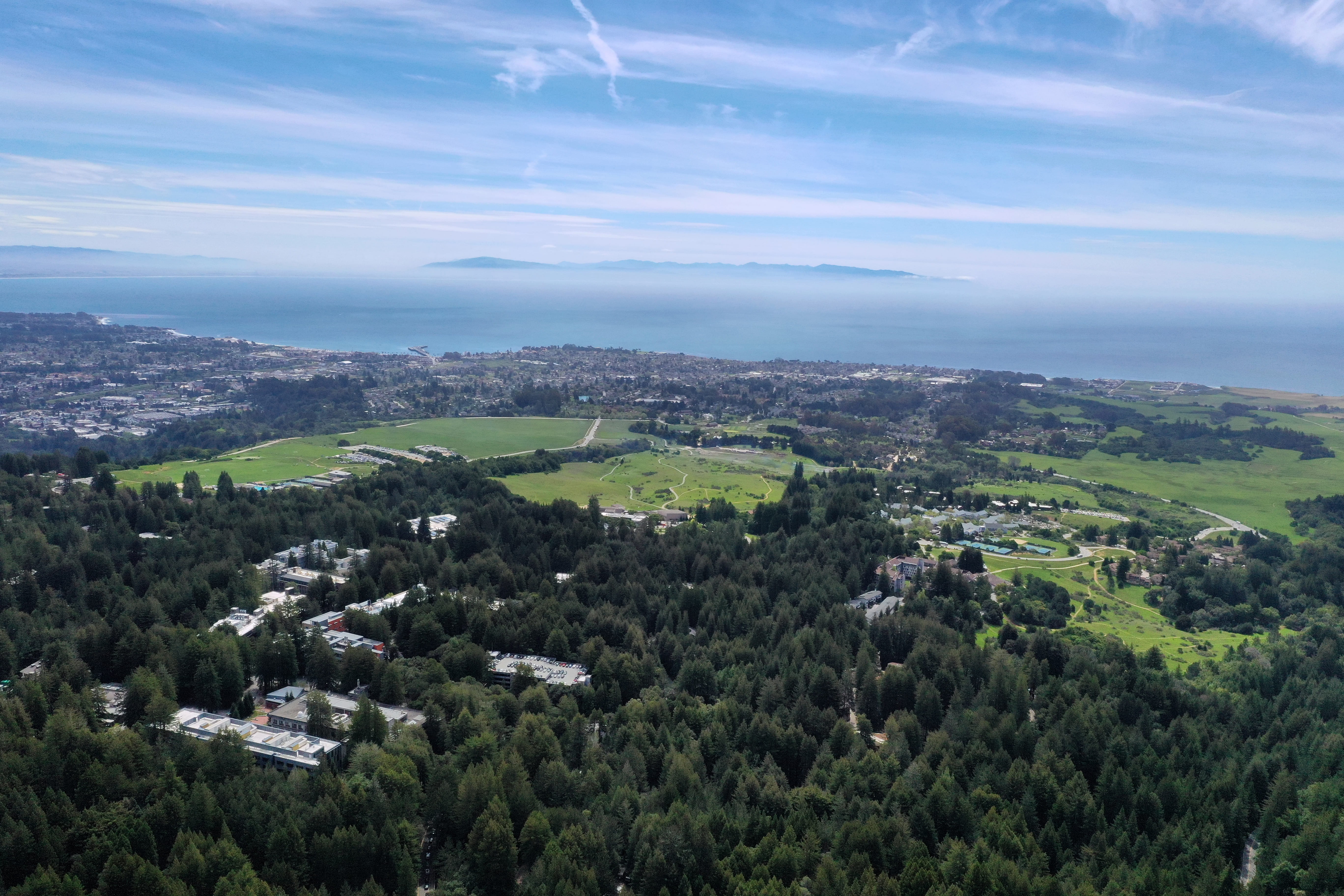
Welcome to the Institute for the Biology of Stem Cell at UC Santa Cruz!
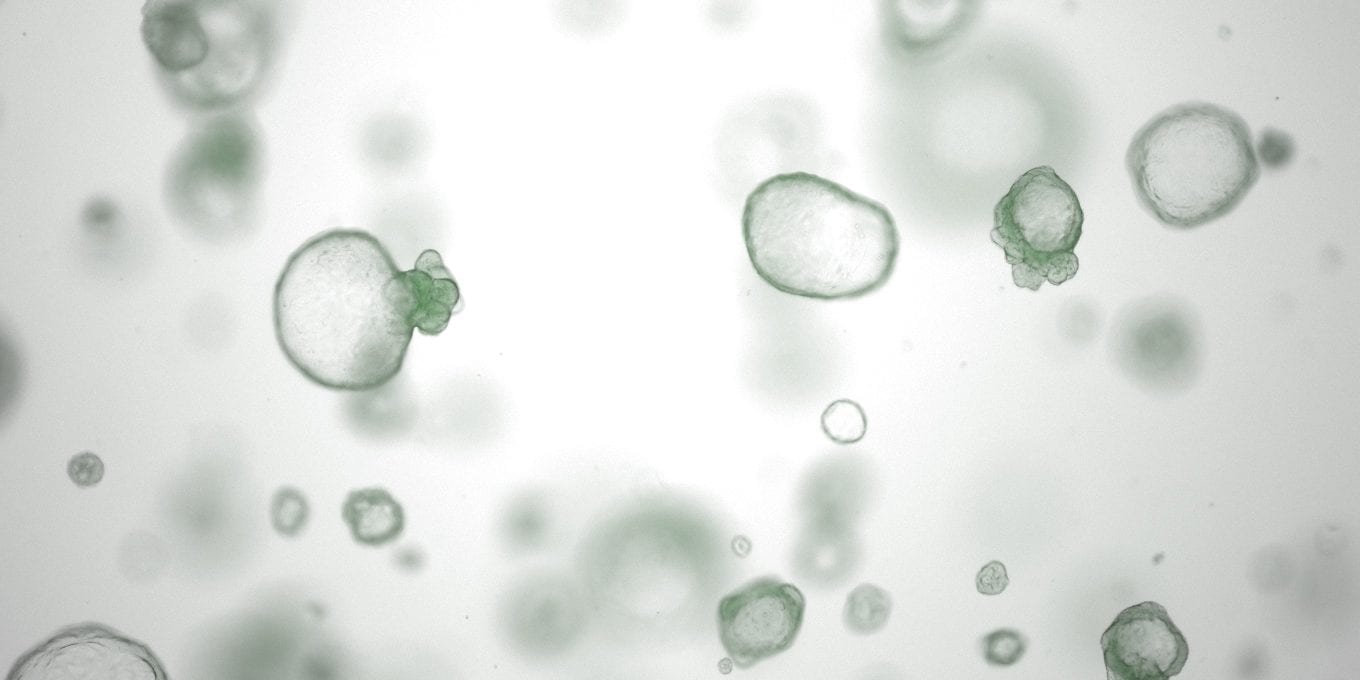
About the IBSC
Welcome to the Institute for the Biology of Stem Cells (IBSC) at UCSC, a hub for stem cell and biomedical research and training. Since 2005, with support from the California Institute for Regenerative Medicine (CIRM), the IBSC has fostered Predoctoral and Postdoctoral Training Programs to shape the next generation of scientists.
CIRM’s initial funding in 2005 launched our UCSC Shared Stem Cell Facility and key projects. In 2021, CIRM’s continued backing established a new training program for postdoctoral fellows and PhD students, enhancing our dedication to stem cell biology.
Join us in preparing future scientists for diverse careers and advancements in this transformative field.
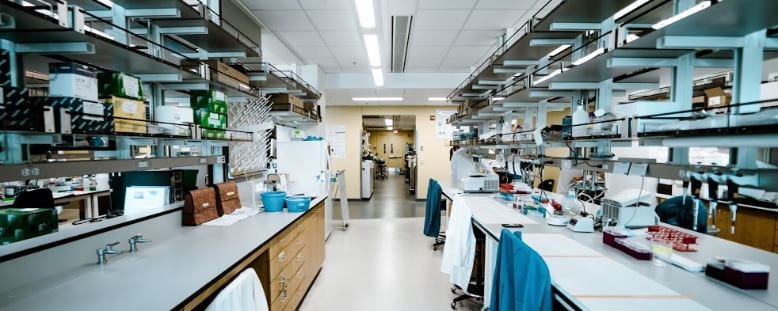
Our Mission Statement
Since 2006, the Institute for the Biology of Stem Cells (IBSC) at UC Santa Cruz has supported and worked to advance stem cell research by promoting interdisciplinary discoveries in biology, engineering, and information science, and has supported over 70 Trainees since its inception in 2005.
The IBSC is an invited member of the “Circle of Stem Cell Institutes and Centers” by The International Society for Stem Cell Research (ISSCR).
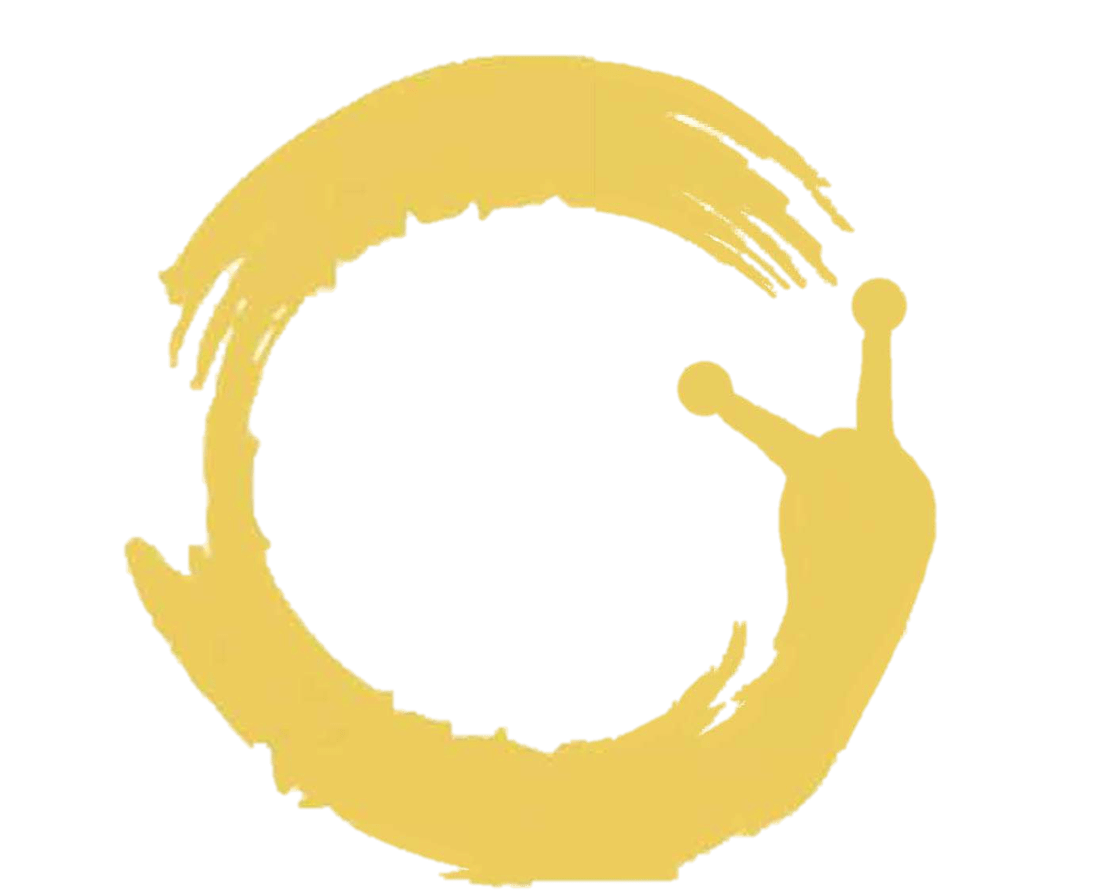
The IBSC Slug
The IBSC logo represents a “self-renewing” version of the UC Santa Cruz mascot Sammy the Slug. Stem cells are defined by their ability to self-renew and differentiate. Self-renewal is the process by which stem cells divide to make more stem cells; while stem cell differentiation is the process by which a more specialized cell is formed from a stem cell.
As our Trainees progress through their respective Training Program(s), they too “differentiate” into more specialized versions of themselves in alignment with their career goals and program aims. Trainees engage with and benefit their own scientific and greater communities through a variety of activities: Teaching and Mentorship; Patient Engagement; Scientific Community Outreach; and more, extending this “self-renewal” to the renewal and betterment of their own communities now and wherever they may go in their careers in the future.

Recent Highlighted Research
IBSC Trainees and PIs/Mentors are bolded

Coming Soon…
UCSC CIRM Predoctoral and Postdoctoral Trainees and Program Co-Director attend the inaugural CIRM Research Conference at USC. Stay tuned for an exciting write-up!

Physiological DNA damage promotes functional endoreplication of mammary gland alveolar cells during lactation
Molinuevo R, Menendez J, Cadle K, Ariqat N, Choy MK, Lagousis C, Thomas G, Strietzel C, Bubolz JW, Hinck L. Physiological DNA damage promotes functional endoreplication of mammary gland alveolar cells during lactation. Nat Commun 15, 3288 (2024). https://doi.org/10.1038/s41467-024-47668-9
Abstract
Lactation insufficiency affects many women worldwide. During lactation, a large portion of mammary gland alveolar cells become polyploid, but how these cells balance the hyperproliferation occurring during normal alveologenesis with terminal differentiation required for lactation is unknown. Here, we show that DNA damage accumulates due to replication stress during pregnancy, activating the DNA damage response. Modulation of DNA damage levels in vivo by intraductal injections of nucleosides or DNA damaging agents reveals that the degree of DNA damage accumulated during pregnancy governs endoreplication and milk production. We identify a mechanism involving early mitotic arrest through CDK1 inactivation, resulting in a heterogeneous alveolar population with regards to ploidy and nuclei number. The inactivation of CDK1 is mediated by the DNA damage response kinase WEE1 with homozygous loss of Wee1 resulting in decreased endoreplication, alveologenesis and milk production. Thus, we propose that the DNA damage response to replication stress couples proliferation and endoreplication during mammary gland alveologenesis. Our study sheds light on mechanisms governing lactogenesis and identifies non-hormonal means for increasing milk production.

An age-progressive platelet differentiation path from hematopoietic stem cells causes exacerbated thrombosis
Poscablo DM, Worthington AK, Smith-Berdan S, Rommel MGE, Manso BA, Adili R, Mok L, Reggiardo RE, Cool T, Mogharrab R, Myers J, Dahmen S, Medina P, Beaudin AE, Boyer SW, Holinstat M, Jonsson VD, Forsberg EC. An age-progressive platelet differentiation path from hematopoietic stem cells causes exacerbated thrombosis. Cell. 2024 Jun 6;187(12):3090-3107.e21. doi: 10.1016/j.cell.2024.04.018. Epub 2024 May 14. PMID: 38749423.
Abstract
Platelet dysregulation is drastically increased with advanced age and contributes to making cardiovascular disorders the leading cause of death of elderly humans. Here, we reveal a direct differentiation pathway from hematopoietic stem cells into platelets that is progressively propagated upon aging. Remarkably, the aging-enriched platelet path is decoupled from all other hematopoietic lineages, including erythropoiesis, and operates as an additional layer in parallel with canonical platelet production. This results in two molecularly and functionally distinct populations of megakaryocyte progenitors. The age-induced megakaryocyte progenitors have a profoundly enhanced capacity to engraft, expand, restore, and reconstitute platelets in situ and upon transplantation and produce an additional platelet population in old mice. The two pools of co-existing platelets cause age-related thrombocytosis and dramatically increased thrombosis in vivo. Strikingly, aging-enriched platelets are functionally hyper-reactive compared with the canonical platelet populations. These findings reveal stem cell-based aging as a mechanism for platelet dysregulation and age-induced thrombosis.

From Hematopoietic Stem Cells to Platelets: Unifying Differentiation Pathways Identified by Lineage Tracing Mouse Models
Manso BA, Rodriguez Y Baena A, Forsberg EC. From Hematopoietic Stem Cells to Platelets: Unifying Differentiation Pathways Identified by Lineage Tracing Mouse Models. Cells. 2024 Apr 19;13(8):704. doi: 10.3390/cells13080704. PMID: 38667319; PMCID: PMC11048769.
Abstract
Platelets are the terminal progeny of megakaryocytes, primarily produced in the bone marrow, and play critical roles in blood homeostasis, clotting, and wound healing. Traditionally, megakaryocytes and platelets are thought to arise from multipotent hematopoietic stem cells (HSCs) via multiple discrete progenitor populations with successive, lineage-restricting differentiation steps. However, this view has recently been challenged by studies suggesting that (1) some HSC clones are biased and/or restricted to the platelet lineage, (2) not all platelet generation follows the “canonical” megakaryocytic differentiation path of hematopoiesis, and (3) platelet output is the default program of steady-state hematopoiesis. Here, we specifically investigate the evidence that in vivo lineage tracing studies provide for the route(s) of platelet generation and investigate the involvement of various intermediate progenitor cell populations. We further identify the challenges that need to be overcome that are required to determine the presence, role, and kinetics of these possible alternate pathways.

A conserved molecular logic for neurogenesis to gliogenesis switch in the cerebral cortex
Liang XG, Hoang K, Meyerink BL, Kc P, Paraiso K, Wang L, Jones IR, Zhang Y, Katzman S, Finn TS, Tsyporin J, Qu F, Chen Z, Visel A, Kriegstein A, Shen Y, Pilaz LJ, Chen B. A conserved molecular logic for neurogenesis to gliogenesis switch in the cerebral cortex. Proc Natl Acad Sci U S A. 2024 May 14;121(20):e2321711121. doi: 10.1073/pnas.2321711121. Epub 2024 May 7. PMID: 38713624; PMCID: PMC11098099.
Abstract
Platelets are the terminal progeny of megakaryocytes, primarily produced in the bone marrow, and play critical roles in blood homeostasis, clotting, and wound healing. Traditionally, megakaryocytes and platelets are thought to arise from multipotent hematopoietic stem cells (HSCs) via multiple discrete progenitor populations with successive, lineage-restricting differentiation steps. However, this view has recently been challenged by studies suggesting that (1) some HSC clones are biased and/or restricted to the platelet lineage, (2) not all platelet generation follows the “canonical” megakaryocytic differentiation path of hematopoiesis, and (3) platelet output is the default program of steady-state hematopoiesis. Here, we specifically investigate the evidence that in vivo lineage tracing studies provide for the route(s) of platelet generation and investigate the involvement of various intermediate progenitor cell populations. We further identify the challenges that need to be overcome that are required to determine the presence, role, and kinetics of these possible alternate pathways.
IBSC Directors
Lindsay Hinck is a Distinguished Professor in MCD Biology. She earned her Ph.D. in cancer biology from Stanford University and did her postdoctoral training at UCSF in neuroscience. In 1998 she established her lab at UCSC. The Hinck lab addresses the public health concern of lactation insufficiency by studying stem/progenitor cells in the mammary gland (breast). Not every woman builds a plentiful milk supply during pregnancy. Consequently, the Hinck lab is dedicated to understanding how mammary epithelial progenitors multiply and differentiate to generate cells with milk-producing capacity.
Camilla Forsberg is a Professor in Biomolecular Engineering. She earned her Ph.D. in Molecular and Cellular Pharmacology at the University of Wisconsin and pursued postdoctoral training in Stem Cell Biology at Stanford University. In 2007 she established her lab at UCSC. The Forsberg Lab works to solve key controversies in hematopoietic stem cell fate decisions through the investigation of blood cell production by hematopoietic stem cells. By studying this over time through the human lifespan, the Forsberg lab aims to provide a better understanding of the basis of blood disorders from prenatal life into aging.
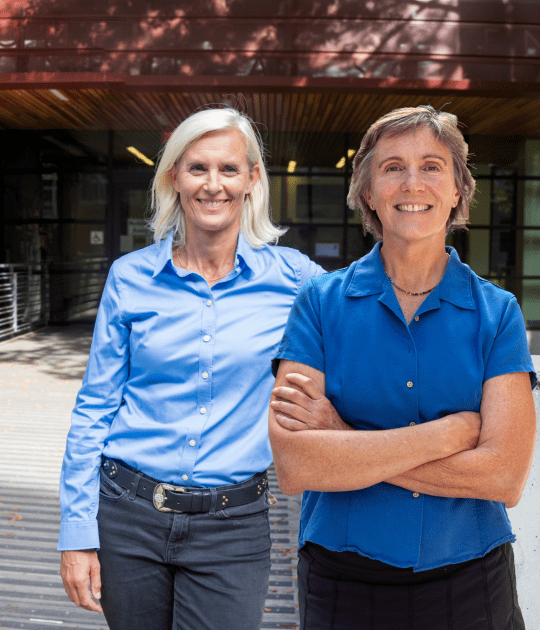

IBSC Executive Committee
The Executive Committee for the IBSC consists of Camilla Forsberg, Lindsay Hinck, Sofie Salama, Zhu Wang, and Taylor Cool.
Sofie Salama
Primary Research Focus: Genome evolution, comparative genomics, alternative splicing, and functional genomics.
Summary: Sofie Salama’s work involves using pluripotent stem cells from a variety of primate species and high throughput sequencing methods to study how genome evolution affects human development and disease. Since 2004, she has collaborated closely with Professor David Haussler, Scientific Director of the UC Santa Cruz Genomics Institute. They co-direct a Molecular Biology (Wet) Lab that was initially funded by the Howard Hughes Medical Institute and is located in the Institute for the Biology of Stem Cells. She has funding from NIH-NHGRI to explore the mechanisms by which transposable elements lead to new gene regulatory programs important for the evolution of new traits as well as funding from NIH-NIMH to study the role of human-specific genomic innovations on brain development and disease. Visit the Haussler-Salama Lab
Zhu Wang
Primary Research Focus: Adult stem cells and cancer stem cells in the prostate.
Summary: Zhu Wang is an Associate Professor in MCD Biology. He earned his Ph.D. in developmental biology with Daniel Kalderon at Columbia University and received postdoctoral training in cancer biology with Michael Shen at Columbia University Medical Center. Visit the Wang Lab
Taylor Cool
Taylor Cool serves as the Program Manager for the IBSC. She earned her Ph.D. in Molecular, Cell, and Developmental Biology from UCSC. She then did a postdoc at Stanford University in the Pediatrics Department. She has been funded by CIRM, the Tobacco-Related Disease Research Program (TRDRP), a UC President’s Lindau Nobel Laureate Meetings Fellow Award, and an NIH T32 in Non-Malignant Hematology.
IBSC Advisory Committee
Ben Abrams (Ph.D. UCSC)
Ben Abrams
Ben Abrams is the Director of the Life Sciences Microscopy Center Facility Manager (PBSCi/IBSC Staff). Ben earned his Ph.D. at UCSC and has run the Micoscopy Center since 2011.

Contact the IBSC
Want to reach out to the IBSC to learn more about our programs, attend one of our upcoming events, meet current Trainees and hear about their day-to-day life, or something else? Be sure to follow us on Instagram and Mastodon, and send us a DM, give us a call or send us an email if you want to reach out!
